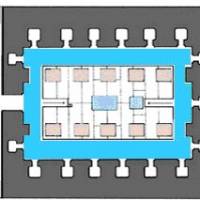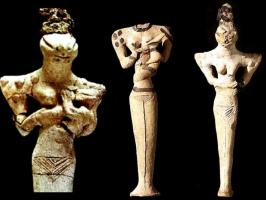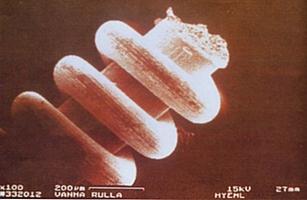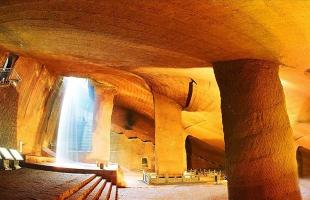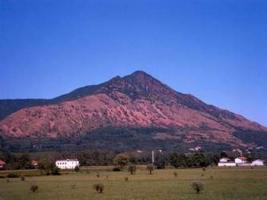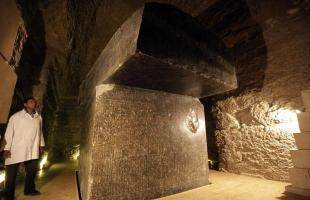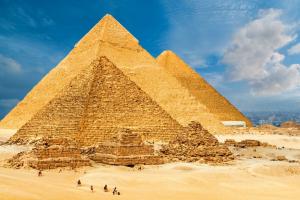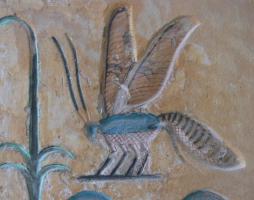The Osireion: a mystery still unsolved
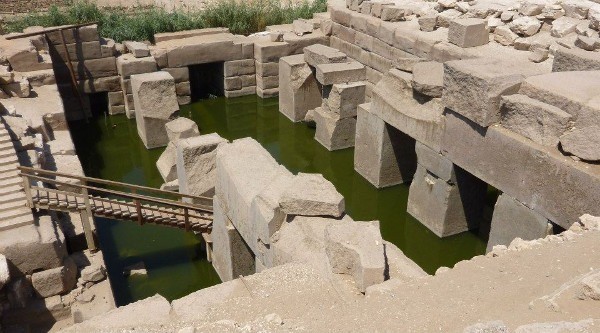
Mentioned by Strabo, who visited it in the 1st century B.C., the Osireion was rediscovered by Flinders Petrie and his assistant Margaret Murray in 1903. Interrupted due to lack of funds, the Osireion was then finally brought to light by Naville in 1914.
Located in Abydos, behind the temple of Seti I and with the same orientation, the Osireion is often ignored by the guides who accompany tourists, perhaps, partly because these would not know how to answer their questions. Moreover, when I tried to visit it many years ago, it was in the dark and rather neglected.
It consists of a hypogeum, 15 meters below the level of the temple of Seti I, built with huge stone blocks. Based on its construction technique, Petrie classified it as "the oldest stone monument in Egypt". Its architectural features, in fact, are extremely similar to those of the Temple in the valley of the Giza plain: simple and austere, ca. 60 meters long and 22 meters wide, it employs stone blocks up to 7 1/2 meters long (!), monolithic pillars of pink granite and huge lintels. The perimeter wall thickness measures as much as six meters and, in this, 17 man-sized niches are carved. In the center, stands a plinth with 10 pillars and two basins, one rectangular and the other square. All around, a moat, unpaved and three meters deep, filled with water, which Strabo says came from the Nile through a conduit.
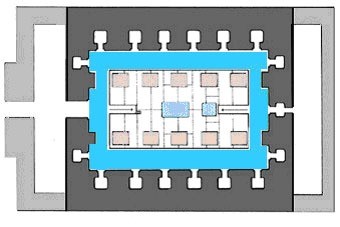
The monument is completed by two transverse chambers, which bear astronomical depictions on the ceiling, dating to Seti I. However, these are outside the six-meter wall and thus most likely built later than the main core.
The presumed identification of the monument as a cenotaph of Seti I came later, in 1933, from Frankfort, who relied on the decorations of the transverse chambers and an 'ostrakon' on which is inscribed the phrase "Seti is in the service of Osiris". However, the transverse chambers are not part of the innermost structure, and as for the ostrakon, it would be a bit like future archaeologists wanting to date the Colosseum not on the basis of its architectural structure, but on the discovery, on site, of a film wrapper thrown in by a tourist, bearing the date 2002! Indeed, the phrase on the shard accords much better with the hypothesis that Seti did render a service to Osiris (to whom, in fact, perhaps the work was dedicated) by making embellishments and restorations to a much earlier construction.
Further evidence for a significant backdating of the Osireion is provided by the discovery of the "well of Osiris" in the Giza plain. Here, too, a hypogeum that, at the third level of depth, has a central plinth (which, in this case, supports an empty sarcophagus, with its cover displaced) surrounded by water, with, around it, a series of niches and tunnels carved into the rock.
A construction concept completely different from any other known monument. The Osireion therefore, to this day, remains a rather mysterious reality. To whom it was really dedicated (Osiris?), what its cult functions were (celebrations for the recomposition of his body?), what the basins on the central plinth were for, and, above all, its dating are still unresolved questions.










